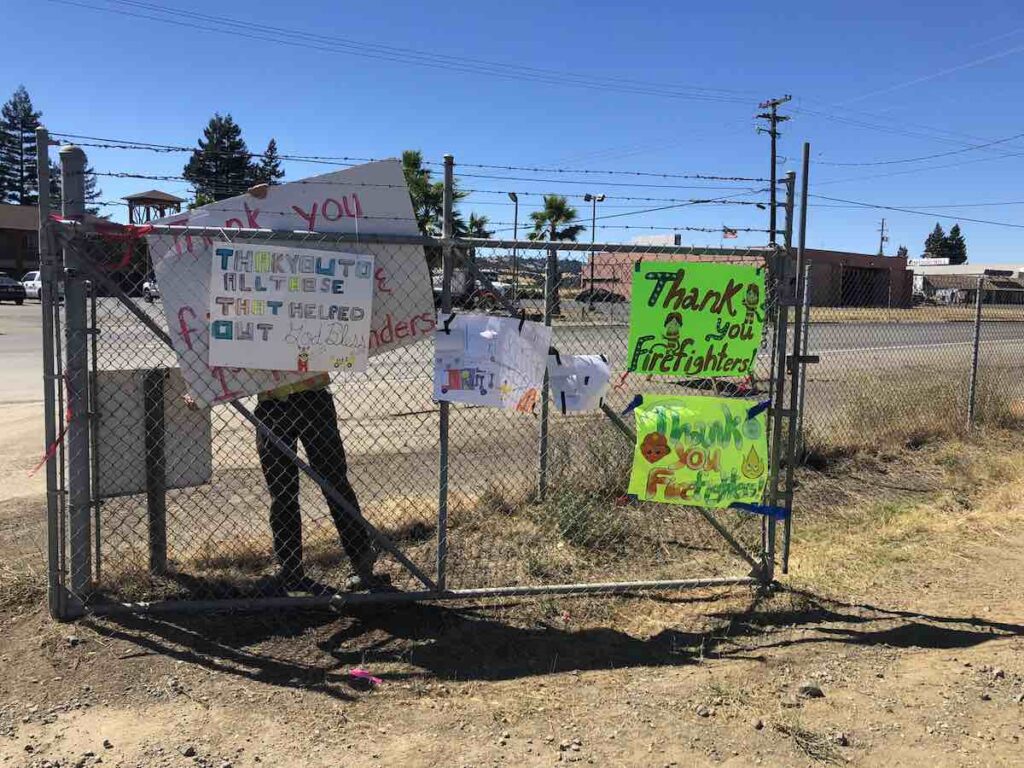
You can access this article as Googledoc here: hot wash emergency exercise.
A “hot wash” investigation is an “after action” exercise to help assess the successes and challenges after a disaster coverage event, intending to identify practical changes to improve your emergency response plan in the future. Similar to a “table top” exercise, a hot wash should be discussion-based, and include people from all parts of your organization, with a facilitator and note taker.
A hot wash should take place as soon as possible after the action has occurred, and significant time should be dedicated to the discussion. Participants should be encouraged to take time to discuss and provide honest responses to identify mistakes. Surveys and other kinds of feedback can also be used to facilitate these kinds of responses.
Notes from the discussion should be recorded, and specific action steps identified to be taken as well as be incorporated as needed into your organization’s emergency reporting plan.
Some newsrooms have undertaken a similar exercise in examining their local official emergency response.
For each situation, consider:
- What happened according to plan, and what happened that was unexpected?
- What were the top 3 successes?
- What were the top 3 challenges?
- How should we act differently next time — what specific action steps, resources, or changes would improve our response?
- Schedule a time for an organization-wide meeting to go through the specific event or action you want to discuss. Plan for at least several hours or a half day for this exercise to encourage time for discussion, and identify a facilitator, preferably a newsroom leader.
- Be considerate of potential dynamics between leadership and other staff, and identify appropriate ways to encourage honest feedback to identify mistakes. This could include a survey or other more private forms of feedback, but ideally, the discussion should include leaders and staff sharing feedback
- Identify a note taker to document the discussion and important conclusions, to identify action steps to improve your future response.
- The facilitator should identify more specific goals to address, ranging from equipment needed to changes in roles or policies.
- Once you have completed the exercises, review what you have learned and designate the appropriate staff to undertake the actions identified and/or incorporate relevant updates to your emergency plan.
Links to additional resources here:
